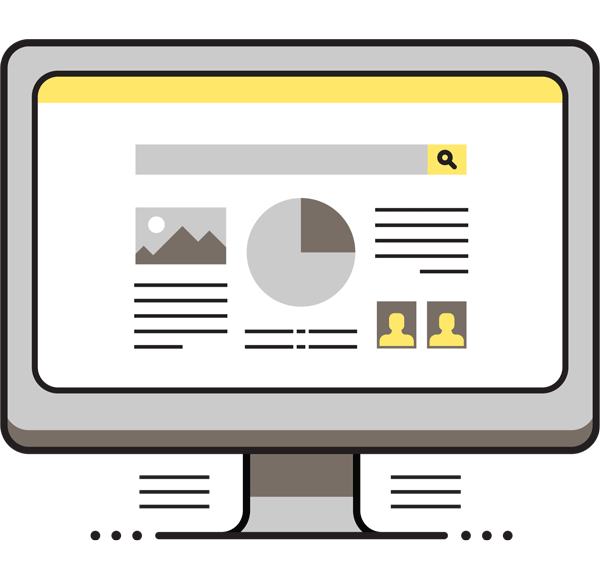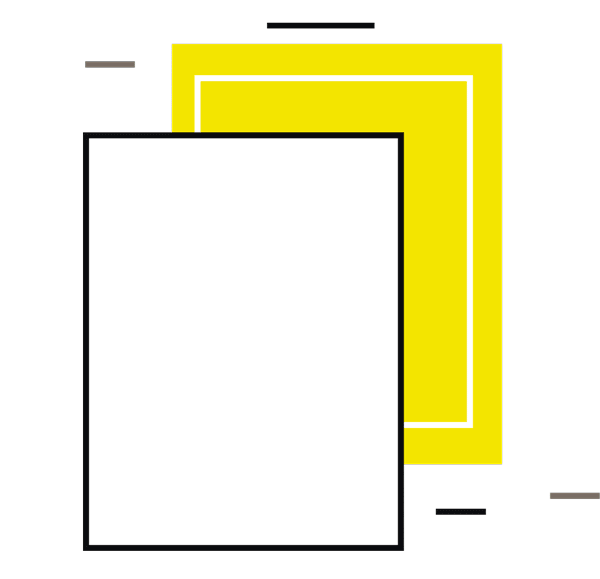
You have a product. It’s awesome and the world needs to know about it. Great! What now?
Data. Sorry, it’s not glamorous, but it’s crucial. To give your awesome product its best chance at success, we need more information! Where are the people who want your product? What is the problem they have that your product solves? How do we make sure they can effortlessly buy and use your product?
UX Research and Strategy helps us understand your end user’s needs, behaviors, experience and motivations through various methods of research. We use that research to create a process for solving the user’s problems.

What the heck is UX?
Good question. UX is a way of abbreviating User Experience, which encompasses every way a user interacts with your product, including how they feel about it. At M, we define user experience as a person’s emotions and attitudes about using a particular product, system or service. Now you’re probably thinking how can I possibly know what a person’s emotions are when using my product? Through research.

What is UX Research?
At M, we believe this is where every great project starts. We get to the heart of what people are going to do with what we make. We want to understand the wants, needs, frustrations, pitfalls and pain points before we start the design process. That way we deliver a user experience that will delight your customers and leave them wanting more!
A UX researcher will typically use two main research methods: Qualitative research and quantitative research. Both of these types of user research play important roles in the design process, as the design is refined over time. We use qualitative research to understand what the customer wants, which informs the design process. Quantitative research gives us baseline data to measure benchmarks and ROI against.
At M, we believe you need both to create an excellent user experience. That’s why we use a wide range of methods, like website heat mapping, which tells us where people are spending time on your site, to analytics that tell us how people are arriving at your website.
user experience has a wide range of research methods available

Quantitative User Research
Quantitative user research is what you probably think of when you think of data. Numbers, metrics, things you can easily measure. We do this through a variety of methods, such as:
- Surveys
- Usability testing or user testing
- Website interceptors
- Online polls
- Systematic observations
We use this type of data to measure specific items, and compare against an industry standard, or a competitor. For example, measuring how long it takes to complete a purchase on your website, versus your closest competitor, tells us a lot about the usability of your website. If it takes two minutes to purchase from you, and 90 seconds to purchase from your competitor, that is specific data telling us that we can make a faster purchase experience.

Qualitative User Research
Qualitative user research gives us the soft data, things that are not really measurable. It’s where we assess behavior, talk about feelings, and begin to understand people’s beliefs and practices on their terms. It can involve several different methods including focus groups, contextual observation, ethnographic studies, usability testing or user testing, user interviews, card sorting, field studies, and moderated usability tests.
This kind of data helps us to determine user experience with your product specifically. For example, observed user testing can show where users may get frustrated, or stuck. This helps us to refine design decisions and improve the experience of your customers.

UX Strategy
Imagine you’re planning a trip. You wouldn’t just walk out to a pier and hope a cruise ship pulls up. That would be silly, and probably ineffective. Instead, you plan where you’ll depart from, where you’re going and then figure out how you’ll get there. Strategy works just like that. We take everything we’ve learned and assess it to create a road map, that tells us where we are, where we’re going and how we’re going to get there.
Here’s how it works:
Where are we? Understanding the current situation tells us how to move forward. When we do user experience research, we’re looking at the micro. Assessing where we are requires macro research, like looking into customer groups, what competitors are doing, and industry trends. This gives us our baseline.
Where do we want to be? We start every project at M Agency with an assessment of our client’s desired outcomes. In other words, what does our client want to achieve with the work they have hired us for? This defines our destination, or where we want to be. When we know where we are, and where we’re going, we can figure out how to get there.
How do we get there? This is where the meat of the strategy develops. We plan our journey from where we are to where we want to be by using all the data we’ve collected, and all the brilliant minds on our team. We bring our team of strategists and creatives into the process to make sure everything from data to design has a subject matter expert’s input. We believe that many minds are better than one!
All of this research and strategy combines to inform design. When our design team gets your project, they aren’t just making something pretty. They create an experience that will delight your customers and keep them coming back for more.
Hello, we’re M Agency
We do things a little differently. We craft inspired brand experiences that connect organizations with their unique purpose — we call this meaningful marketing.
By understanding how the human brain drives decision making, we help organizations uncover and tell their authentic story — what we like to call their ‘M’.
Let’s work together.